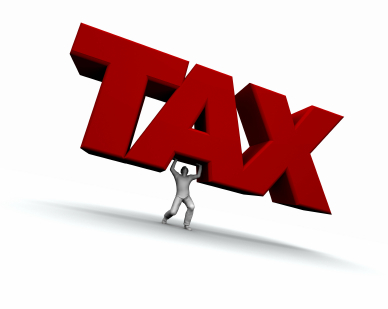We don’t often praise New York Gov. Andrew Cuomo, but we have to say, we appreciate his recent frankness on taxes.
On Monday, he told his state’s citizens that income tax revenues were coming in $2.3 billion below the expectations of just a month ago. “That’s as serious as a heart attack,” he said.
He’s right. The question is why?
A little budget talk is in order. New York plans to spend about $176 billion in the coming fiscal year, starting April 1. About $100 billion of that, according to Carl Campanile of the New York Post, will come from federal funds.
That means the actual deficit in state funding after just one month is 3%. Cuomo says it’s due to the new federal tax code, which limits state income tax deductions to $10,000, and recent volatility in the stock market.
But because of the unexpected shortfall, Cuomo, as governor of one of the deepest-blue states in America, will almost certainly soon be pushed hard to raise taxes on the rich. Wisely, he’s taking a stand against such a move.
No War On The Rich
“I don’t believe raising taxes on the rich,” Cuomo said. “That would be the worst thing to do. You would just expand the shortfall. God forbid if the rich leave.”
He’s absolutely correct, though he’ll no doubt get royally roasted by the far-left of the New York Democratic Party. The state already has a steeply progressive tax code. The top 1% of earners pay 46% of all the income taxes. That’s punitive.
In support of his comments, Cuomo cited “anecdotal” evidence that showed high-income earners are leaving the high-tax Empire State for other low-tax states.
But the evidence isn’t merely anecdotal. It’s a fact.
Just last month, United Van Lines released its 42nd annual “National Movers Study,” which tracks comings and goings from all the states.
Leaving New York
Last year, the study said, 61.5% of New York movers left the state; just 38.5% moved in. Among those who left, 41% earned $150,000 or more. Just 8.4% earned less than $50,000.
From 2010 to mid-2017, New York had a net outmigration of over 1 million people, more than any other state. No, they’re not all rich. But many are.
And recent changes in the deductibility of federal taxes certainly hasn’t helped high-tax states like New York. The wealthy have choices that others don’t.
Last year, a study by Wallet Hub looked at states ranked by their total tax burden. New York came out on top. Our own report compared the Wallet Hub data with Census data from 2007 to 2016. New York lost 1.3 million citizens, more even than California, which lost just under a million, and Illinois.
High Taxes As Punishment
No, not all the people who left New York were rich. But many were. And recent changes in the deductibility of federal taxes certainly hasn’t helped high-tax states like New York. As we said, the wealthy have choices that others don’t. One of those choices is to move if taxes become not merely burdensome, but punitive. That’s what’s happening in New York.
By the way, we also compared the Wallet Hub data with the states that were gaining population, and lo and behold: Five low-tax states — Texas, Florida, North Carolina, South Carolina and Washington — gained the most population.
In short, high taxes drive people away; low taxes attract them. It’s simple economics, yet so many Blue States don’t get it.
Cuomo, to his credit, does get it. Many high-income taxpayers are leaving New York for low-tax states, tired of paying the state’s bills and then being demonized leftist activists for being “rich” and told they must give more. He knows that sending the wrong signals could lead to a mass exodus of higher-income residents from his state, one that would leave a massive hole in the budget.
That’s the road to fiscal insolvency. When those who pay the bills leave, the bills no longer get paid.
It’s an important lesson for other big, blue states dependent on wealthy taxpayers — we’re talking to you, Left-Coast California — if they’re smart enough to learn it.
